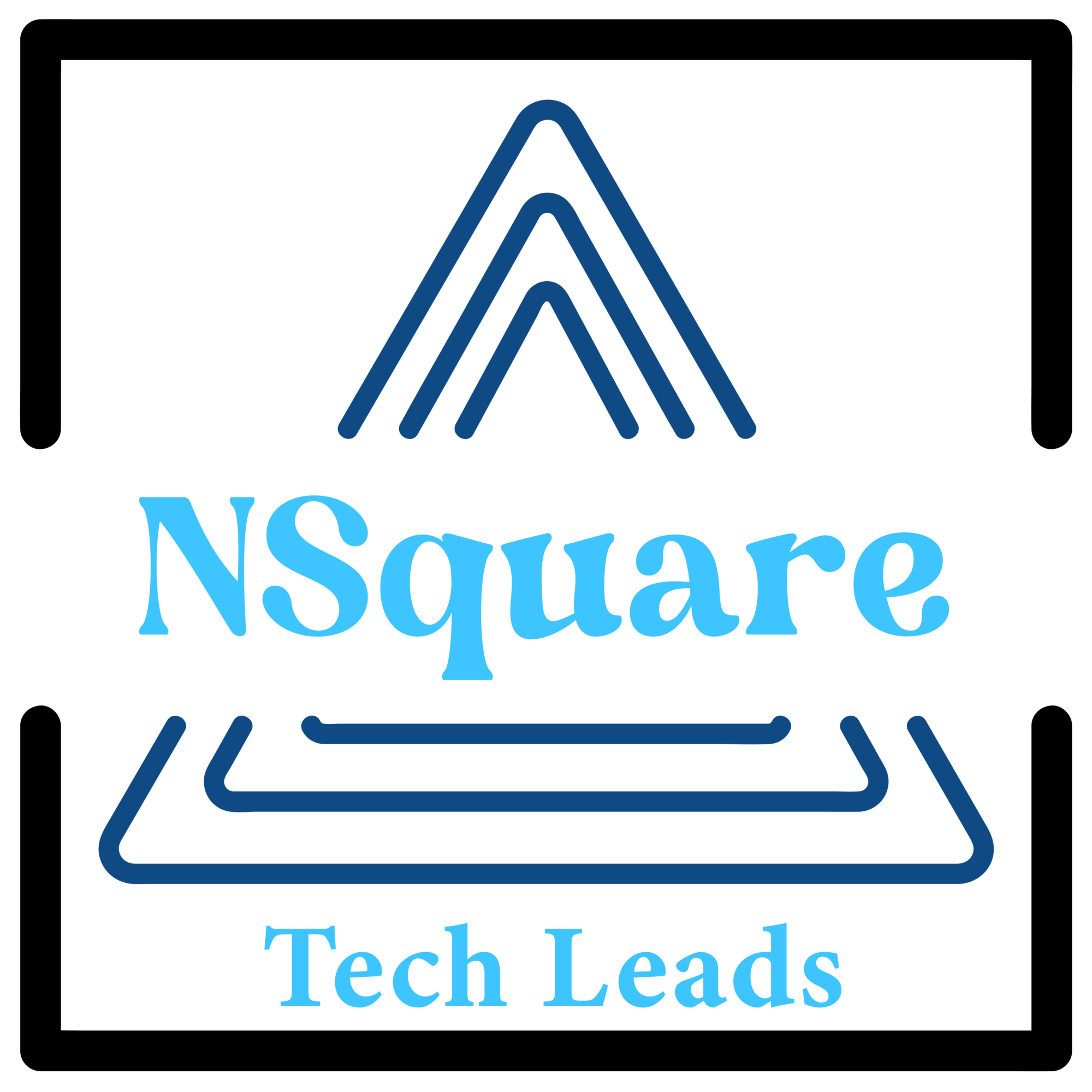Table of Contents:
- Introduction to Email Marketing in B2B Campaigns
- Building an Effective Email List
- Crafting Compelling Email Content
- Segmentation and Personalization Strategies
- Optimizing Email Delivery and Timing
- Analyzing Performance and Iterating
- Integrating Email Marketing with Other Channels
- Case Studies: Successful B2B Email Marketing Campaigns
- Future Trends in B2B Email Marketing
1. Introduction to Email Marketing in B2B Campaigns
In today’s digital landscape, email marketing remains a cornerstone of B2B marketing strategies. It offers a direct and cost-effective means of communication with potential leads, nurturing prospects, and engaging existing clients. This section will delve into the unique advantages of email marketing in the B2B context, outlining its role in driving sales, building relationships, and establishing thought leadership.
2. Building an Effective Email List
The foundation of any successful email marketing campaign is a high-quality email list. This segment will explore various methods for building and expanding your B2B email list, including lead generation tactics, content offers, gated resources, and leveraging existing customer databases. We’ll discuss best practices for list management, compliance with data protection regulations, and strategies for maintaining list hygiene to ensure optimal deliverability and engagement rates.
3. Crafting Compelling Email Content
Compelling content is the key to capturing the attention of busy B2B professionals inundated with emails. In this section, we’ll explore strategies for crafting engaging and relevant email content that resonates with your target audience. From attention-grabbing subject lines to persuasive body copy and compelling calls-to-action (CTAs), we’ll provide actionable tips and examples to help you maximize the impact of your email campaigns.
4. Segmentation and Personalization Strategies
Personalization is paramount in B2B email marketing, where decision-makers expect tailored communication that speaks directly to their needs and challenges. This segment will delve into the importance of segmentation and audience targeting, highlighting the benefits of personalized content and messaging. We’ll discuss advanced segmentation strategies based on demographics, firmographics, behavior, and engagement metrics, enabling you to deliver highly targeted and relevant emails that drive results.
5. Optimizing Email Delivery and Timing
Even the most compelling emails will fall flat if they’re not delivered at the right time and frequency. This section will explore best practices for optimizing email delivery and timing to maximize open rates and engagement. We’ll discuss the importance of sender reputation, email authentication protocols, and deliverability best practices. Additionally, we’ll delve into the optimal timing for sending B2B emails based on industry norms, time zones, and recipient behavior.
6. Analyzing Performance and Iterating
Data-driven insights are essential for continuously optimizing and refining your B2B email marketing efforts. In this section, we’ll explore key metrics and KPIs to track, such as open rates, click-through rates, conversion rates, and ROI. We’ll discuss the importance of A/B testing and multivariate testing to optimize subject lines, content, and CTAs. By leveraging analytics tools and interpreting campaign data, you can identify areas for improvement and iterate on your strategies for greater effectiveness.
7. Integrating Email Marketing with Other Channels
Email marketing doesn’t exist in a vacuum; it’s most effective when integrated with other digital marketing channels. This segment will explore strategies for integrating email marketing with social media, content marketing, and paid advertising efforts. We’ll discuss cross-channel promotion, email retargeting, and leveraging email content to drive engagement on other platforms, creating a cohesive and synchronized marketing approach that amplifies your message and extends your reach.
8. Case Studies: Successful B2B Email Marketing Campaigns
Real-world examples provide valuable insights into what works in B2B email marketing. In this section, we’ll showcase case studies of successful B2B email marketing campaigns, highlighting innovative strategies, creative approaches, and measurable results. From lead generation and nurturing to customer retention and upselling, these case studies will offer inspiration and actionable takeaways for optimizing your own email campaigns.
9. Future Trends in B2B Email Marketing
As technology and consumer behaviors continue to evolve, so too will the landscape of B2B email marketing. In this final section, we’ll explore emerging trends and innovations shaping the future of B2B email marketing. From AI-powered personalization and interactive email content to advanced automation and predictive analytics, we’ll discuss how forward-thinking companies are leveraging cutting-edge technologies to stay ahead of the curve and drive success in their email marketing efforts.

